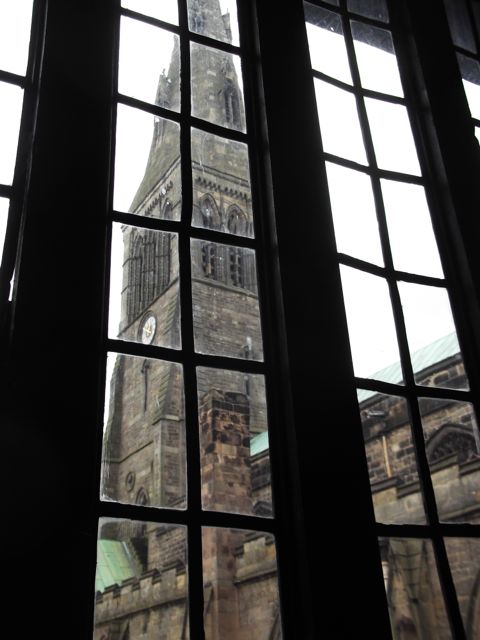 |
| from the Leicester Lit and Phil Society web page. |
This plaque is at 6, St Martins, where Agnes Archer Evans lived for some time after her marriage.
Born in 1851, Agnes Archer Kilgour became headmistress of the Belmont House School on New Walk in Leicester in 1882. As well as being a founder member of the Women's Suffrage Society, she was active in the School Board and helped establish kindergartens.
She was also involved in the Leicester branch of the National Union of Women Workers, and became president of the Health Society, aiming to reduce infant mortality in the town, by educating mothers.
She died in 1924.
Thanks to Ned Newitt's The Who's Who of Radical Leicester for the above information.
She was also the first woman president of Leicester Literary and Philosophical Society . She was born in Tasmania, and was the first of thirteen children born to Susan Anne Archer and Dr John Stewart Kilgour, a Scottish physician working on the island. The family returned to Britain in about 1860.
Agnes married William Evans in 1895.































